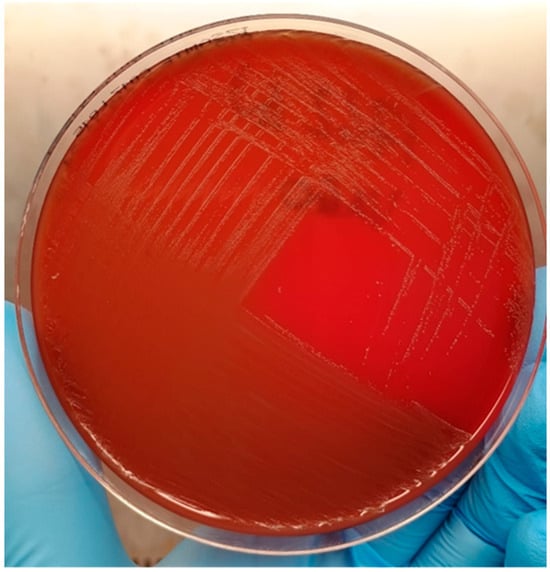Feature Papers in Medical Microbiology
A topical collection in Microorganisms (ISSN 2076-2607). This collection belongs to the section "Medical Microbiology".
Viewed by 57071Editor
Interests: virology; parasitology; bacteria; molecular diagnosis; MALDI-ToF mass spectrometry
Special Issues, Collections and Topics in MDPI journals
Topical Collection Information
Dear Colleagues,
As follows from the title, this Topical Collection, “Feature Papers in Medical Microbiology”, aims to collect high-quality research articles and review articles in all fields of medical microbiology. It will focus on research in infectious diseases, pathogenic microorganism–hosts interaction, bacteriology, mycology, virology, and parasitology, including immunology and epidemiology as related to these fields and all microbial pathogens, as well as the microbiota and its effect on health and disease in various hosts.
Since the aim of this Topical Collection is to illustrate, through selected works, pioneeting research in medical microbiology, we encourage Editorial Board Members of the Medical Microbiology Section of Microorganisms to contribute papers reflecting the latest progress in their research field or to invite relevant experts and colleagues to do so.
Prof. Dr. Adriana Calderaro
Collection Editor
Manuscript Submission Information
Manuscripts should be submitted online at www.mdpi.com by registering and logging in to this website. Once you are registered, click here to go to the submission form. Manuscripts can be submitted until the deadline. All submissions that pass pre-check are peer-reviewed. Accepted papers will be published continuously in the journal (as soon as accepted) and will be listed together on the collection website. Research articles, review articles as well as short communications are invited. For planned papers, a title and short abstract (about 250 words) can be sent to the Editorial Office for assessment.
Submitted manuscripts should not have been published previously, nor be under consideration for publication elsewhere (except conference proceedings papers). All manuscripts are thoroughly refereed through a single-blind peer-review process. A guide for authors and other relevant information for submission of manuscripts is available on the Instructions for Authors page. Microorganisms is an international peer-reviewed open access monthly journal published by MDPI.
Please visit the Instructions for Authors page before submitting a manuscript. The Article Processing Charge (APC) for publication in this open access journal is 2700 CHF (Swiss Francs). Submitted papers should be well formatted and use good English. Authors may use MDPI's English editing service prior to publication or during author revisions.
Keywords
- medical microbiology
- infectious diseases
- pathogenic microorganism































